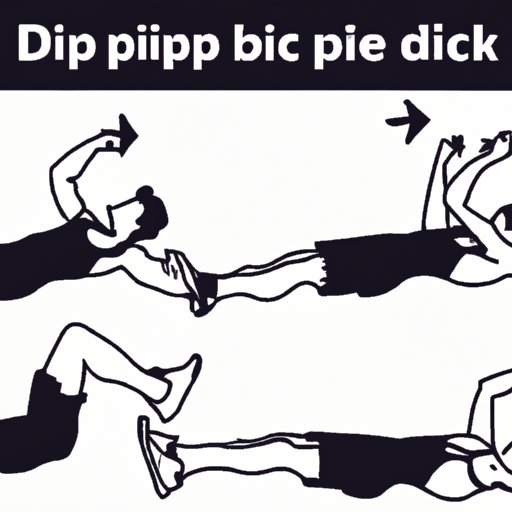
Introduction to Dip Exercises
Dip exercises are a form of bodyweight exercise that targets the muscles in the upper body, primarily the triceps, chest, and shoulders. The exercise involves lowering the body by bending the arms until the elbows are at a 90-degree angle and then pushing the body back up by straightening the arms. Dips can be done on parallel bars, dip stations, or even on chairs, benches, or other sturdy furniture.
Explanation of the Benefits of Dips
The benefits of performing dip exercises are numerous and go beyond just upper body strength. Some of the most notable benefits include:
- Increased upper body strength: Dips primarily target the triceps, chest, and shoulders, making them a great exercise for building upper body strength and muscle mass.
- Improved stability and balance: Since dip exercises require the use of stabilizer muscles throughout the upper body, including the core, performing them regularly can improve overall balance and stability.
- Burns calories: Dip exercises are a high-intensity exercise that can help burn calories and contribute to weight loss goals.
- Increased flexibility: Dip exercises require a wide range of motion, which can help improve flexibility in the shoulders and chest.
- Convenient and accessible: Dip exercises don’t require any special equipment, making them a convenient and accessible exercise for anyone to incorporate into their workout routine.
Step-by-Step Instructions on How to Perform Dips with Proper Form
Before jumping in and performing dip exercises, it’s important to learn proper form to avoid injury and ensure maximum benefit from the exercise. Follow these step-by-step instructions:
- Position yourself between two parallel bars or dip stations with your arms straight and your feet off the ground.
- Lower your body by bending your arms until your elbows are at a 90-degree angle.
- Push your body back up by straightening your arms until you reach the starting position.
- Make sure to keep your elbows tucked in and your core tight throughout the exercise.
- Perform 3 sets of 10-15 reps, with a 1-2 minute rest between sets.
Common Mistakes to Avoid While Performing Dips
While dip exercises can be a great addition to any workout routine, it’s important to avoid common mistakes to reap the full benefits of the exercise and avoid injury. Here are some common mistakes to avoid:
- Performing dips with elbows pointing outwards: This can lead to strain on the shoulders and even injury. Keep your elbows tucked in and close to your body throughout the exercise.
- Not engaging the core: Failing to engage your core muscles throughout the exercise can lead to poor form and even injury.
- Overextending the shoulder joints: Make sure to maintain control throughout the exercise and avoid overextending your shoulder joints at the bottom of each rep.
- Bouncing at the bottom of each rep: This takes the stress off the muscles and can lead to injury. Make sure to stop at the bottom of each rep, and then push back up.
Modifications and Progressions for Beginners
If you’re new to dip exercises, it’s important to start with modifications and progressions before attempting the full exercise. Here are some modifications and progressions to try:
- Chair dips: Use a sturdy chair to perform dips. Place your hands on the chair and follow the same form as parallel bar dips.
- Negative dips: Start at the top position of a dip (arms straight) and lower yourself slowly to the bottom of the exercise.
- Assisted dips: Use a resistance band or have a partner support your legs to make the exercise easier.
- Weighted dips: Once you’ve mastered the basic dip exercise, add weight (such as a dip belt) for added resistance and increased difficulty.
Conclusion and Encouragement to Incorporate Dips into Workout Routine
Dip exercises are a great way to build upper body strength, improve stability and balance, and burn calories. By following proper form and avoiding common mistakes, anyone can incorporate dip exercises into their workout routine. Remember to start with modifications and progressions if you’re new to dip exercises, and continue to challenge yourself with added weight or increased reps as you progress. With patience and consistency, dip exercises can have a significant impact on your overall fitness and well-being.




